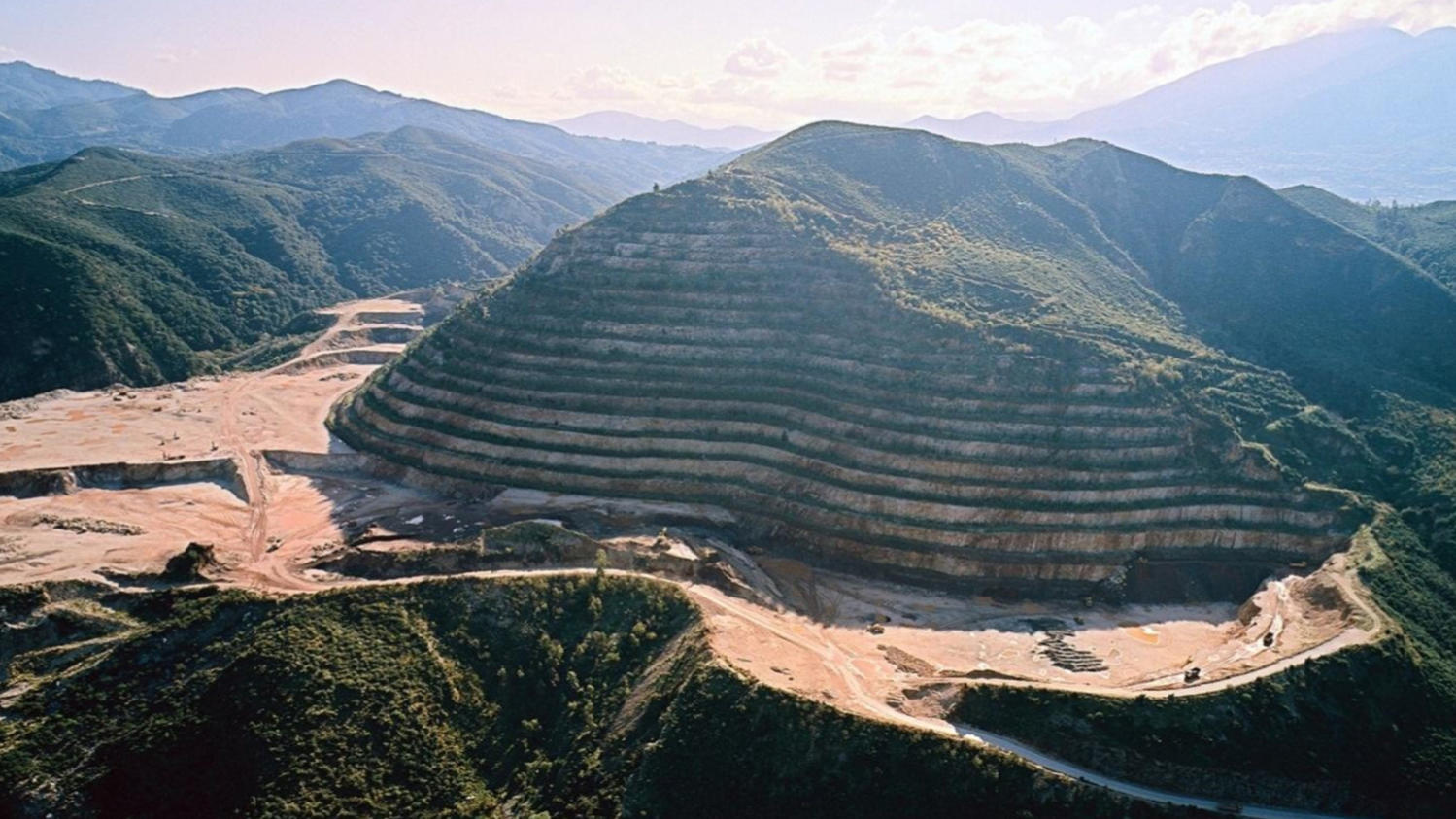Titan: Biodiversity management

Titan Cement recognizes biodiversity as a material natural capital element for our business. We acknowledge that the extraction of raw materials to produce cement and aggregates affects local biodiversity and ecosystems.
In order to mitigate these impacts, we apply rehabilitation practices at our quarries and implement specific biodiversity management plans at sites recognized for high biodiversity value. To contribute and deliver on our targets to assess issues related to preserving and enhancing biodiversity, we conducted a study at the Artimes limestone quarry of Titan Patras Cement Plant with two Universities in Greece.
The goal of this research was to record and study the flora and vegetation in the rehabilitated areas inside the quarry and in the surrounding natural landscape outside the quarry. By comparing the value of biodiversity between the two areas, we could evaluate the results of more than 30 years of applied restoration and natural succession at the quarry and propose further improvements in managing biodiversity.
- No
- Biodiversity & Ecosystem Services
- Project
- Qualitative
- Direct operations
- Cement
Key findings
The results confirmed that the restoration efforts over the past 30 years have been successful. The species’ diversity in the rehabilitated areas was greater than in the surrounding landscape.
The assessment also recommended new practices and improved plant species selection. It suggested to not only rehabilitate by planting but also – equally important – to preserve and enhance the value of biodiversity in the impacted site to boost the ecosystem’s full functionality. We learned that the use of native plant species is key for successful reforestation.
These findings informed our management practices and we re-organized our nurseries in Greece to develop a variety of only native species. In addition, we issued guidance for the appropriate (native) plant species that should be used to rehabilitate quarry operations all over the country.
The insights from this study informed our overall strategy on biodiversity and encouraged us to apply similar rehabilitation practices and biodiversity management plans in other countries where we operate - for example Bulgaria, USA and others.
More information
Kostis Dragasakis (dragasakis@titan.gr) Group Quarries & Raw Materials Technology Manager
